The Earth has so much to uncover that till now, researchers and historians are stumbling upon huge finds that are invaluable to history. Scientists recently discovered a dense jungle hiding a blast from the past in northern Guatemala, as per The Washington Post (WP). Dating back to around 1,000 BC, around 417 cities have been uncovered. The more astonishing part is that these cities are connected by a type of “superhighway,” which scientists are calling “the first freeway system in the world.” The civilization is called the Maya civilization and it occupies a vast space that now falls in today’s Central America.

The findings in the El Mirador jungle region revealed a much-developed civilization consisting of infrastructure, agricultural setups and all kinds of systems to suggest the idea of a stable lifestyle. Led by archaeologist Ivan Šprajc, the team used “LiDAR” (light detection and ranging) as a laser scan to retrieve images of the massive discovery that lay beneath, per a press release shared by the government of Mexico. “The biggest surprise was that the site was on a ‘peninsula’ of high ground, surrounded by extensive wetlands. Its monumental core covers over 50 hectares and features several large buildings, including several pyramidal structures over 15 meters high,” Ṡprajc explained. He added that the region was most likely an important one during the Classic period, 250-1000 AD.

Apart from several cylindrical structures which characterize the place, there were also other findings. “The most common ceramic types that we collected on the surface and in some test pits are from the Late Classic (600-800 AD); however, the analysis of samples of this material will provide us with more reliable data on the occupation sequences,” Ṡprajc noted. The research pointed out the fact that the civilization had good vegetation and all kinds of political, social and economic systems.
Archaeologist Richard D Hansen, an affiliate research professor at Idaho State University and the president of the Foundation for Anthropological Research and Environmental Studies, commented that the finding was a “game changer” for history, reported WP. Hansen, who is another lead author of the study, added that the laser scan offered “a whole volume of human history that we’ve never known.” Ṡprajc shared how things went down for the Mayan civilization. He explained that the infrastructure and findings are a “reflection of ideological and population changes in times of crisis that, finally, by the 10th century, led to the collapse of the complex sociopolitical organization and the drastic demographic decline in the Mayan Central Lowlands."
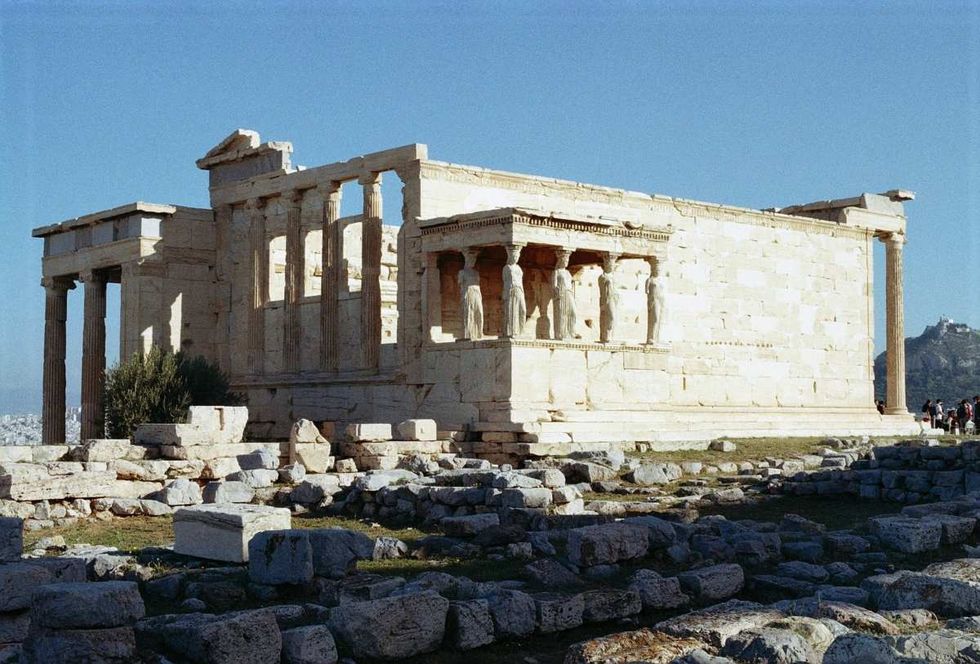
It is suggested that as the civilization declined, it was covered and buried by the density of the jungle. Rick Chacon, a professor of anthropology at Winthrop University in Rock Hill, noted that the study gives insight into “how the ancient Maya significantly modified their local environment and it enhances our understanding of how social complexity arose." Ṡprajc and his team were able to discover quite a few structures, columns, and areas that suggested the idea of the presence of altars, courts and other spaces. “It is possible that they were markets or spaces intended for community rituals, but only future research will shed light on the functions of these complexes, which represent a regional peculiarity,” he remarked.
Enrique Hernández, an archaeologist and a co-author of the paper, described the discovery as "impossible." He spent quite a few months every year for the last 20 years excavating in El Mirador. “Now there are more than 900 (settlements). … We (couldn’t) see that before. It was impossible," he shared about the mind-blowing discovery.














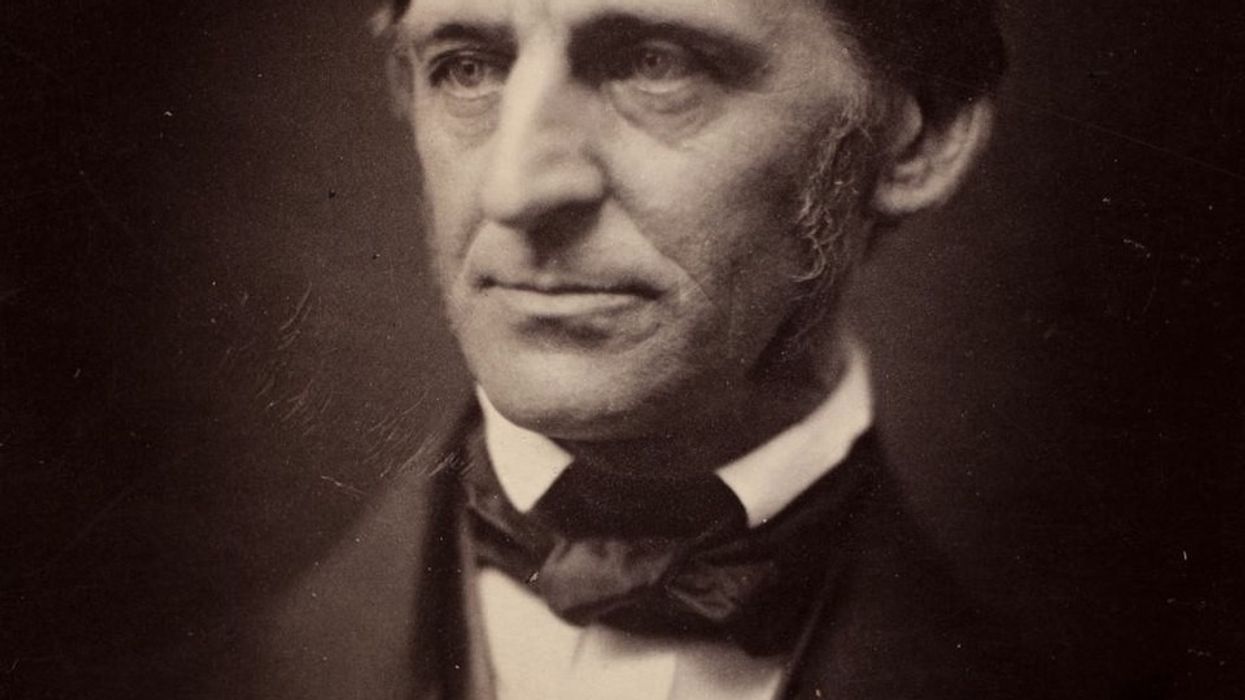



 Pictured: The newspaper ad announcing Taco Bell's purchase of the Liberty Bell.Photo credit: @lateralus1665
Pictured: The newspaper ad announcing Taco Bell's purchase of the Liberty Bell.Photo credit: @lateralus1665 One of the later announcements of the fake "Washing of the Lions" events.Photo credit: Wikimedia Commons
One of the later announcements of the fake "Washing of the Lions" events.Photo credit: Wikimedia Commons This prank went a little too far...Photo credit: Canva
This prank went a little too far...Photo credit: Canva The smoky prank that was confused for an actual volcanic eruption.Photo credit: Harold Wahlman
The smoky prank that was confused for an actual volcanic eruption.Photo credit: Harold Wahlman
 Packhorse librarians ready to start delivering books.
Packhorse librarians ready to start delivering books. Pack Horse Library Project - Wikipedia
Pack Horse Library Project - Wikipedia Packhorse librarian reading to a man.
Packhorse librarian reading to a man.
 Fichier:Uxbridge Center, 1839.png — Wikipédia
Fichier:Uxbridge Center, 1839.png — Wikipédia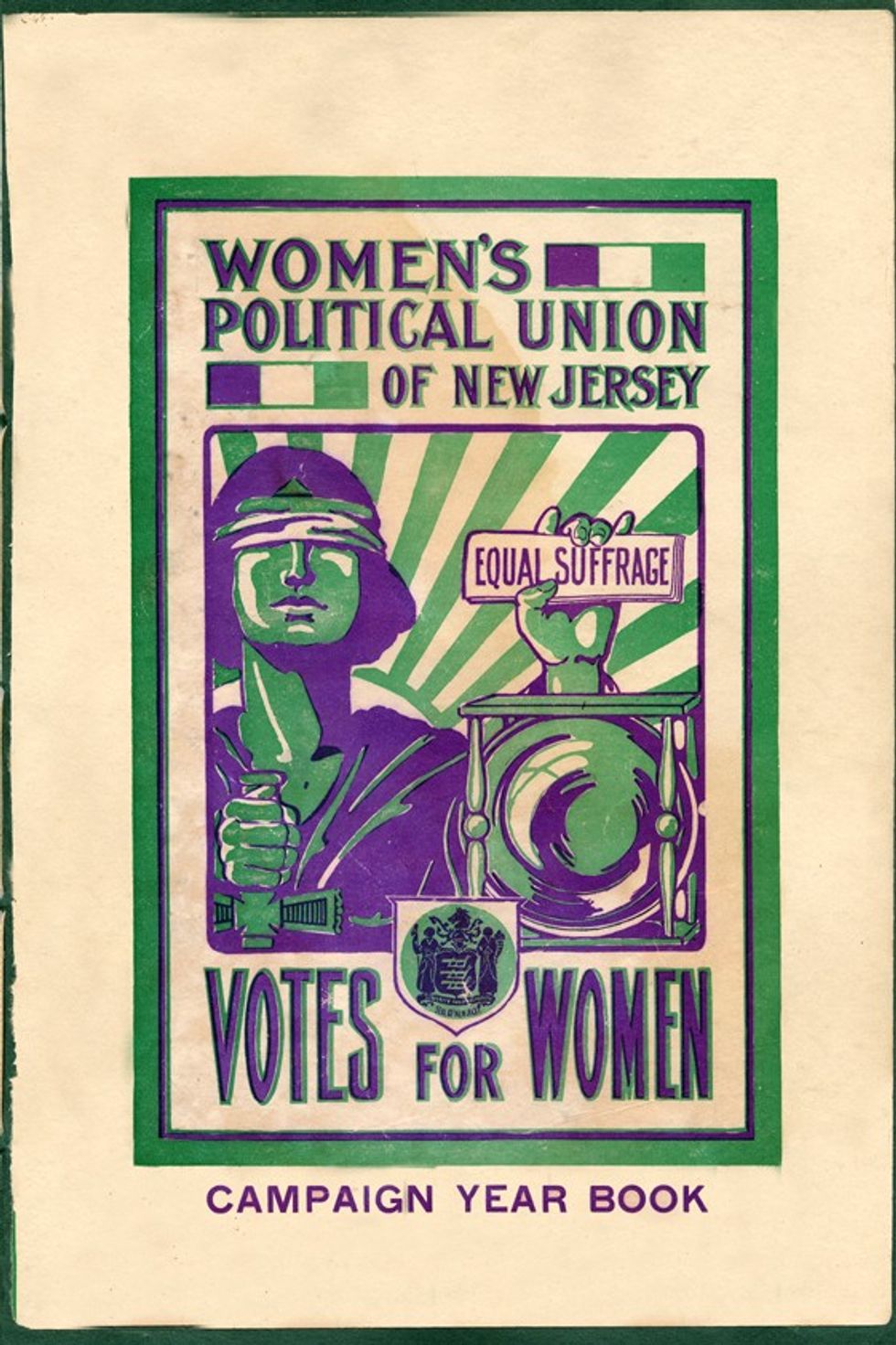 File:Women's Political Union of New Jersey.jpg - Wikimedia Commons
File:Women's Political Union of New Jersey.jpg - Wikimedia Commons File:Liliuokalani, photograph by Prince, of Washington (cropped ...
File:Liliuokalani, photograph by Prince, of Washington (cropped ...
 Theresa Malkiel
commons.wikimedia.org
Theresa Malkiel
commons.wikimedia.org
 Six Shirtwaist Strike women in 1909
Six Shirtwaist Strike women in 1909
 U.S. First Lady Jackie Kennedy arriving in Palm Beach | Flickr
U.S. First Lady Jackie Kennedy arriving in Palm Beach | Flickr
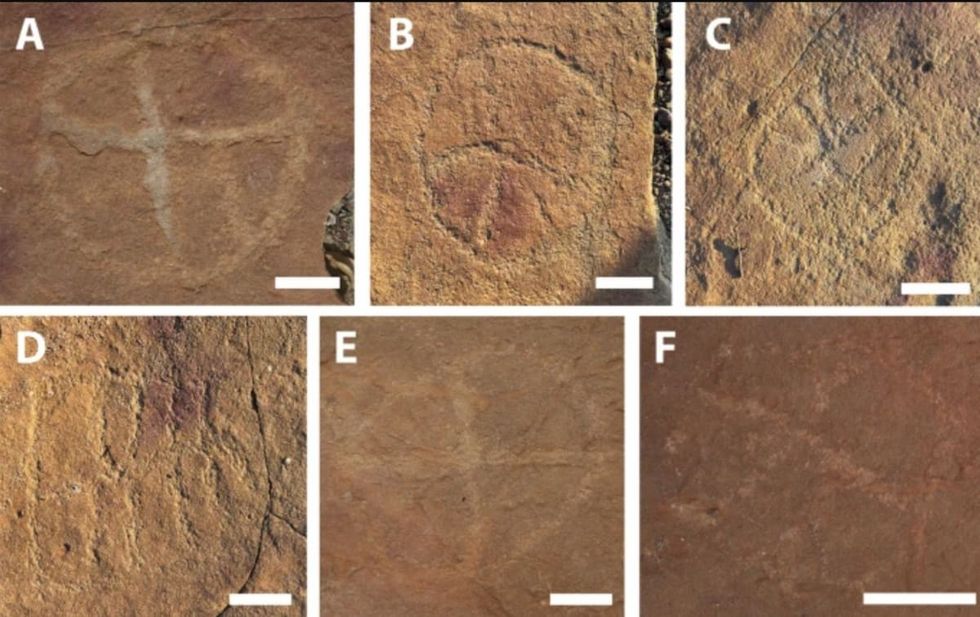 Image Source:
Image Source:  Image Source:
Image Source: 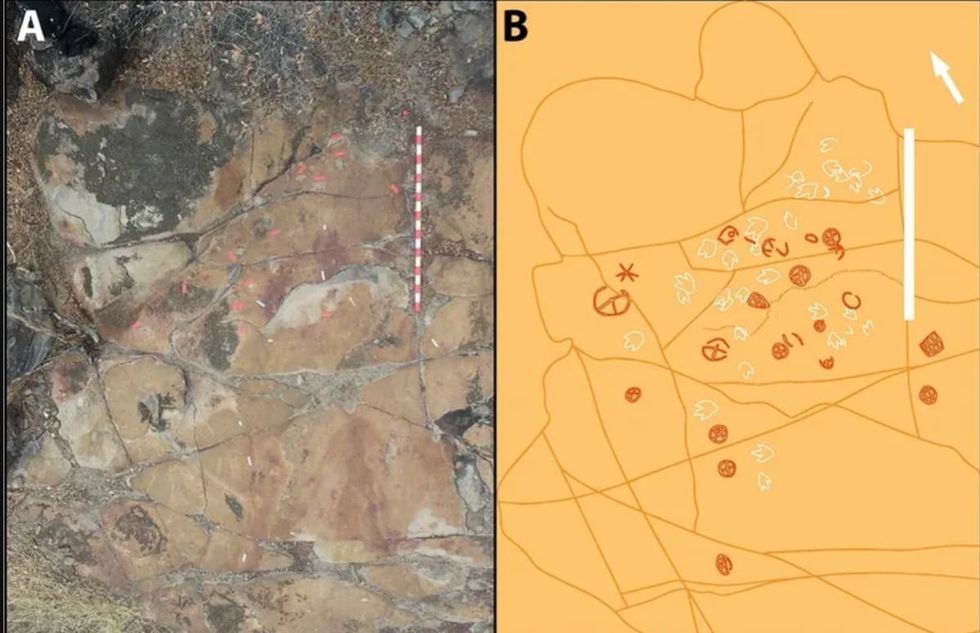 Image Source:
Image Source: 